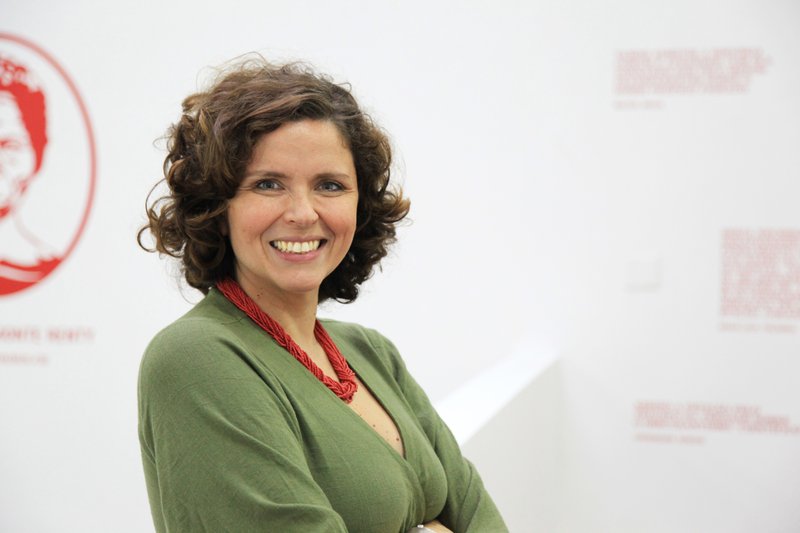Sabrina Moura de Araujo

A total of 24 modern and contemporary art museum professionals residing in 19 different cities have been awarded support to attend the CIMAM 2019 Annual Conference The 21st Century Art Museum: Is Context Everything? that will be held in Sydney, Australia 15–17 November 2019 hosted jointly by the Museum of Contemporary Art Australia.
Launched in 2005, CIMAM’s Travel Grant Program is designed to foster cooperation and cultural exchange between contemporary art curators and museums directors in emerging and developing economies and their counterparts in other regions of the world.
Sabrina Moura's Conference Report
What is the role of indigenous curators and art historians in the recent processes of museums’ and collections’ revision? What spaces have they been occupying in the rewriting of art history? How does indigeneity become an act of positioning in the museum space? These were some of the questions that emerged from the opening panel of the 2019 CIMAM Annual Conference, crossing, in many different ways, most of the subsequent discussions at the summit.
In the conference’s inaugural panel, curators Ngahiraka Mason, Wanda Nanibush and Wesley Enoch shared their experiences of identity affirmation and how their Maori, Anishinaabe-kwe, and Noonuccal Nuugi origins (respectively) have encompassed their curatorial perspectives. Following the “acknowledgment of country” and “welcome to country”, these positionings were announced in the very introduction of the curators’ speeches, imparting the significance of ancestralism in their practices. While listening to such stories and projects, many of the international delegates were intrigued by meaning the ceremonies that invited Indigenous or non-Indigenous people to acknowledge and pay respect to the Aboriginal history of the land where one was situated.
Coming from Brazil – where the contestation of native-land ownership has been at the core of the political agenda – these positionings evidence the importance of identity affirmation in the mobilization of strong political discourses to counter the dismantling of indigenous rights. Whereas the correspondence of such movements cannot be easily translated, context becomes a point of depart to underscore the role of these claims in the Australian public discourse. Along these lines, the diversity of responses to identity politics can only be understood through history, which points to a categoric answer to the question that structured the conference: indeed, context is everything!
The intersections between the spheres of politics and the arts have taken on broader contours in the discussions related to the role of censorship and the recent interference of far-right governments in cultural institutions. While sharing daily-life struggles in times of adversity, a network of curators and museum directors working in the Brazilian, Polish, Japanese, Turkish and Moroccan contexts raised awareness to common strategies to bypass cultural surveillance. Some of our questions were: Have we been (un)consciously adhering to self-censorship in our projects? What can we learn from the experiences of other colleagues? What is the role of CIMAM in the mobilization of an international platform to monitor censorship in the arts? These were some of the questions that might echo in the following conference and, most importantly, point to a key path for collaboration among peers working in facing political adversities in the museums' sector.
I would like to thank the Getty Foundation and the CIMAM selection committee for the opportunity to participate in this conference, as well as Marta Mestre, Maria Teresa Tavares, Aleksandra Jalas and Nikos Papastergiades for the valuable insights on "context".